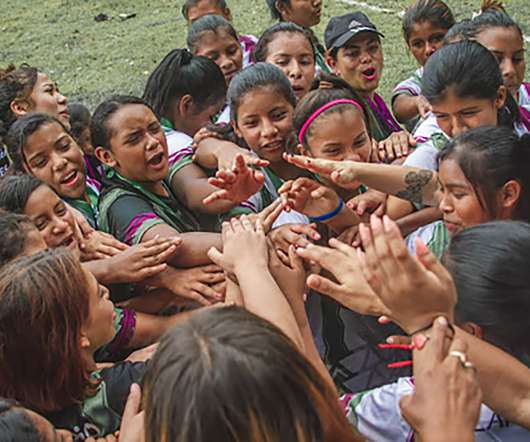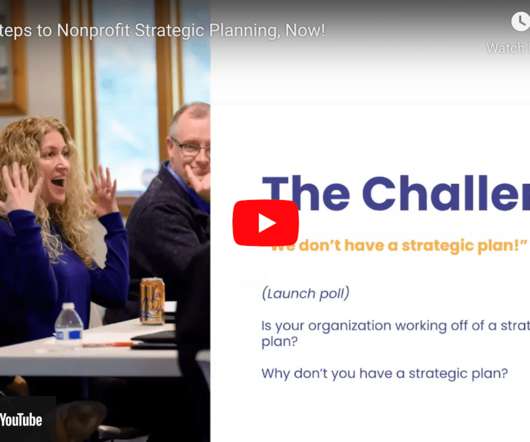Guest Post by Nina Simon -- Self-Expression is Overrated: Better Constraints Make Better Participatory Experiences
Beth's Blog: How Nonprofits Can Use Social Media
JULY 1, 2009
When I talk about designing participatory experiences, I often show the above graphic from Forrester Research. Forrester created the “social technographics” profile tool to help businesses understand the way different audiences engage with social media (and you can read more of my thoughts on it here ).

































Let's personalize your content